
The Chinese Crested, Mexican hairless and the larger Xoloitzcuintli are the most well-known hairless breeds exhibited. The Chinese Crested is the only hairless breed exhibited in Great Britain. It is known, however, that from time to time one or two Xoloitzcuintlis and Mexican hairless breeds have been imported into Great Britain. The breeds seem to always be confused; however, they have most probably never been seen by the general public in Great Britain.
All the hairless breeds of dogs have two varieties. These are:
• Those without hair on their bodies – Hairless
• And those fully-coated – referred to as Powderpuffs
One unique difference between the Chinese Crested and other hairless breeds is that the Chinese Crested carries the gene for long hair. All other hairless breeds have a short coat.
Where is the hair on the hairless Chinese Crested?
• Hair appears on the head, feet and tail (referred to as crest, socks and plume)
There are a wide range of sizes from toy to standard in the Xoloitzcuintli breed. These are:
• Mexican Hairless is known as the toy and can vary from three pounds in weight and seven inches in height to twelve pounds and up to thirteen inches
• Miniature Mexican Hairless range from fourteen to eighteen inches and weigh approximately fifteen pounds
• The standard Xoloitzcuintli will be at least eighteen inches in height and can be as tall as twenty-five inches, and weigh between forty and seventy-five pounds
History of the Xoloitzcuintli
The history predates any historical reference to the Chinese Crested by more than 2000 years. The Xoloitzcuintili is one of the world’s oldest and rarest breeds. Therefore, it can be called the first dog of the Americas. There is archaeological evidence that reveals the Xolos accompanied man on his first migrations across the Bering Straits.
This breed was highly prized for their curative and mystical powers. As a result of this, the breed’s purity has been maintained throughout all ages. There are ancient clay representations of the breed that show it has remained virtually unchanged for centuries. Modern-day Xolos bear a great resemblance to these primeval artifacts.
It is interesting to note that the name “Xoloitzcuintli” is derived form the name of the Aztec Indian god Xolotl and ‘itzcuintli’ – the Aztec word for dog.
Source: Book of the Breed, The Complete Chinese Crested by Brenda Jones
This article is FREE to publish with the resource box.
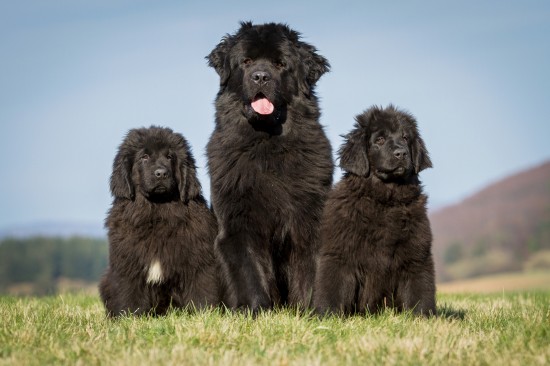 How To Keep A Newfoundlands Coat Looking Good
How To Keep A Newfoundlands Coat Looking Good
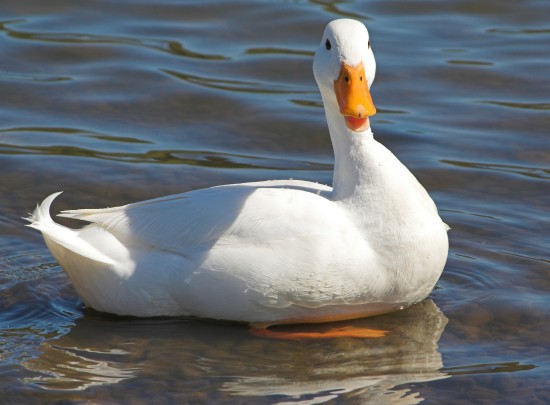 5 Duck Breeds That Are Great To Keep In The Garden
5 Duck Breeds That Are Great To Keep In The Garden
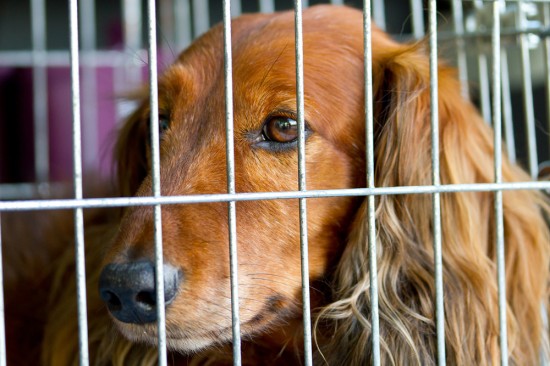 Bringing A Dog Into The Uk From Outside The Eu
Bringing A Dog Into The Uk From Outside The Eu
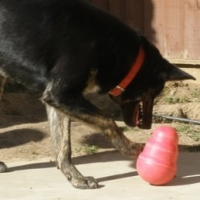 The Best Interactive Dog Toys - The Kong Wobbler
The Best Interactive Dog Toys - The Kong Wobbler
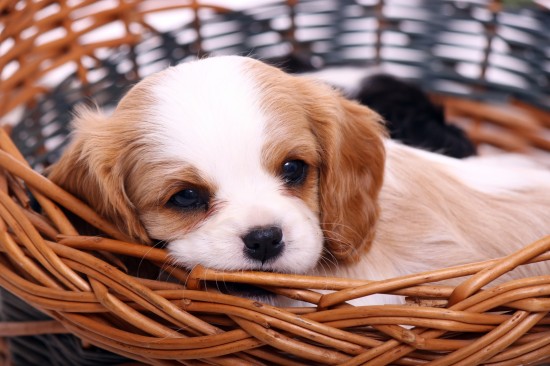 Caring For Your Puppy While You Are Out
Caring For Your Puppy While You Are Out
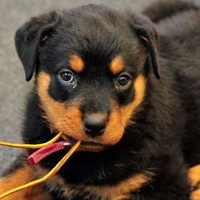 An Exercise In Exercise Patient: Why The Dog Is Banned From Future Workouts
An Exercise In Exercise Patient: Why The Dog Is Banned From Future Workouts
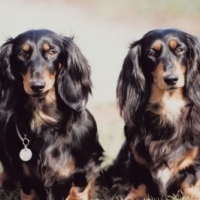 Dog Skin Cancer; A Silent Killer
Sure, we know all about the risks of skin cancer when it
Dog Skin Cancer; A Silent Killer
Sure, we know all about the risks of skin cancer when it
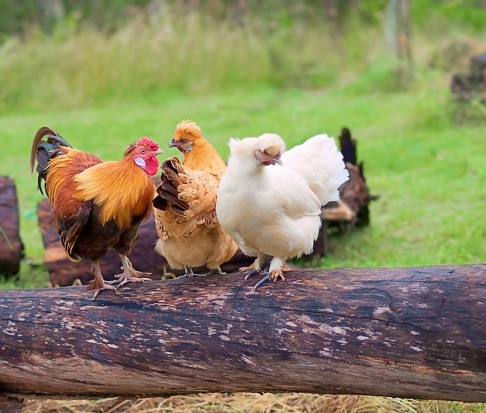 Why Is A Pecking Order So Important To Chickens?
Why Is A Pecking
Why Is A Pecking Order So Important To Chickens?
Why Is A Pecking
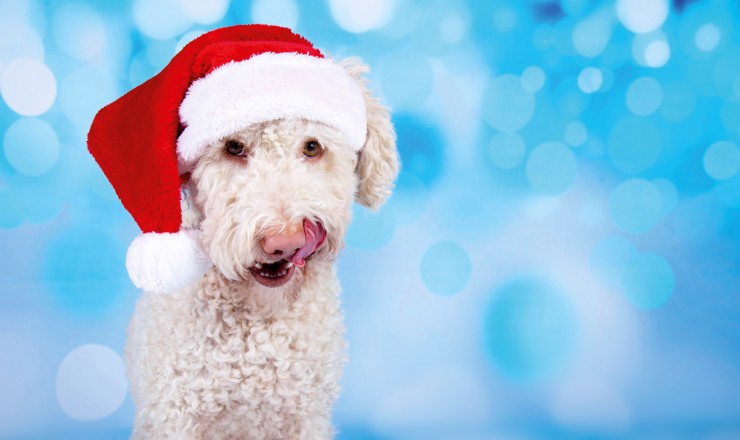 Seven Great Ways To Get Your Dog Involved With Christmas
Seven Great Ways
Seven Great Ways To Get Your Dog Involved With Christmas
Seven Great Ways
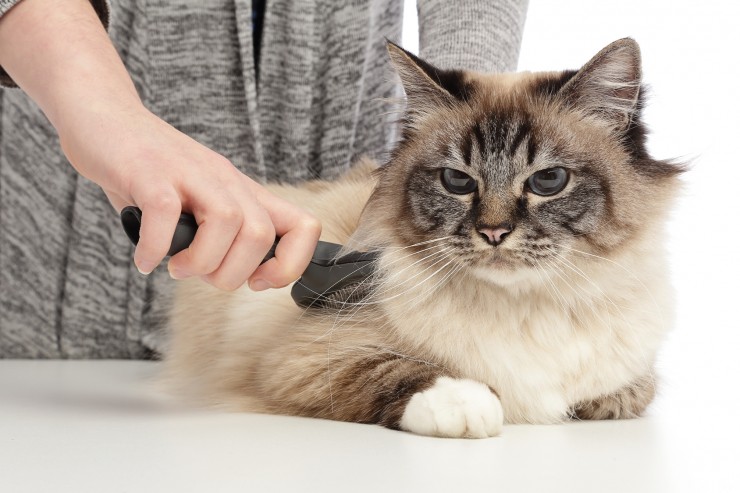 Six Good Reasons For Regularly Grooming Your Cat
Six Good Reasons
Six Good Reasons For Regularly Grooming Your Cat
Six Good Reasons
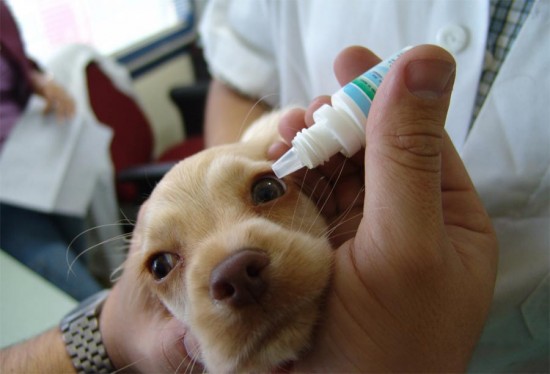 dry Eye In Dogs
dry Eye In Dogs
dry Eye In Dogs
dry Eye In Dogs
Copyright © 2005-2016 Pet Information All Rights Reserved
Contact us: www162date@outlook.com